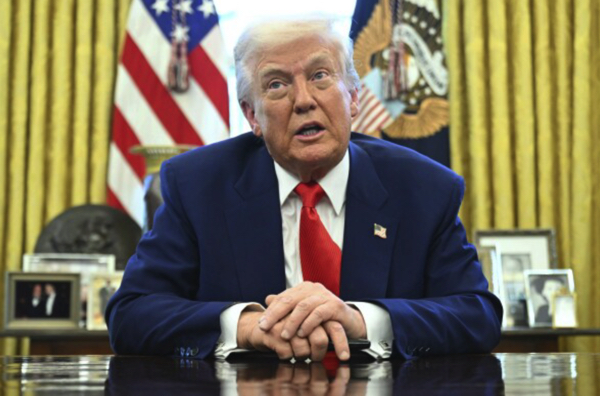 Parler
Parler Gab
Gab
- Iran has become the world’s fourth-largest Bitcoin mining hub, but 95 percent of its mining operations are illegal, exploiting heavily subsidized electricity and destabilizing the power grid.
- Illegal miners consume 1,400 megawatts daily – enough to power tens of thousands of homes – by tapping into subsidized industrial power lines, causing frequent blackouts and infrastructure strain.
- Authorities have seized 1,465 mining devices in Tehran Province alone, while miners hide operations in underground tunnels and industrial zones. Iran now offers $24 rewards for reporting illegal mining.
- Unlike regulated mining hubs like the U.S. (44 percent of Bitcoin's hashrate), Iran's 4.2 percent contribution is largely illicit, driven by cheap power rather than legal industry growth, mirroring past struggles in China.
- Iran's crisis highlights the risks of state-subsidized energy in the crypto era, forcing tough choices: stricter licensing, higher tariffs or an outright ban like China's 2021 crackdown – while Bitcoin's volatility keeps illegal mining profitable.
Cheap power, costly crisis: How Iran's illegal crypto miners are draining the grid
Historically, Iran has used energy subsidies to bolster domestic industry and soften economic hardships amid international sanctions. But the rise of Bitcoin mining – a power-hungry process that rewards participants with cryptocurrency – has turned these subsidies into a liability. With miners siphoning electricity meant for households and factories, blackouts have grown frequent, sparking public frustration. The crisis also underscores the challenges of regulating a decentralized, borderless technology. Unlike traditional industries, crypto mining thrives in secrecy, making enforcement difficult. Iran's reward system for informants reflects a broader trend of governments turning to grassroots surveillance to combat underground economies – a tactic previously seen in China's crackdown on unlicensed mining operations. As Iran intensifies its crackdown, the long-term solution may lie in stricter licensing, higher energy tariffs for miners or even a complete ban – a path China took in 2021. But with Bitcoin's value remaining volatile yet lucrative, the financial incentives for illegal mining persist. "Cryptocurrency mining consumes massive amounts of energy, making profitability nearly impossible without extremely cheap electricity or insider expertise," explains BrightU.AI's Enoch engine. "Most individuals investing in mining rigs – especially those financing through loans – face steep losses as power costs rapidly outweigh potential gains." For now, Iran's power grid remains under siege, caught between the promise of digital currency and the reality of an energy system pushed to its limits. The outcome of this struggle will not only shape Iran's energy future, but also serve as a cautionary tale for nations weighing the costs of cheap power against the rise of crypto's shadow economy. Watch David Morgan discussing China's ban on cryptocurrency mining and trading in this clip. This video is from The Morgan Report channel on Brighteon.com. Sources include: CoinTelegraph.com Cryptopolitan.com Gadgets360.com BrightU.ai Brighteon.comUnderstanding URANIUM’s health impacts and environmental legacy
By Ava Grace // Share
A clean charge: New reactor turns battery waste into high-purity treasure
By Willow Tohi // Share
From AI-related hiring surge to mass layoffs: Tech’s brutal U-turn
By Belle Carter // Share
Trump EXEMPTS Hungary from U.S. sanctions on Russian energy for one year
By Ramon Tomey // Share
Danish study sparks media firestorm over claims that vaccine side effects may be “all in the mind”
By Patrick Lewis // Share
Captured Ukrainian soldier describes Kyiv’s BRUTAL mobilization of conscripts
By Ramon Tomey // Share
Governments continue to obscure COVID-19 vaccine data amid rising concerns over excess deaths
By patricklewis // Share
Tech giant Microsoft backs EXTINCTION with its support of carbon capture programs
By ramontomeydw // Share
Germany to resume arms exports to Israel despite repeated ceasefire violations
By isabelle // Share










